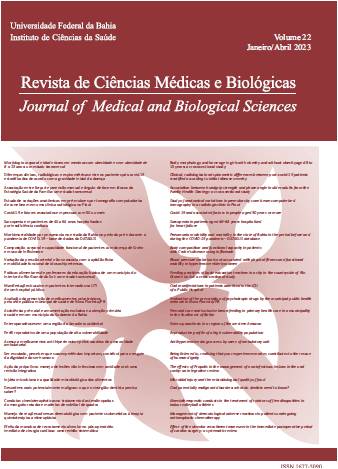Microbial injury and the microbiological quality of food
DOI:
https://doi.org/10.9771/cmbio.v22i1.34821Keywords:
conservação de alimentos, danos celulares, reparação celularAbstract
Introduction: Microbiological contamination of food is a major problem for industry, regulatory agencies and consumers. Preservation methods used to guarantee the safety of food as well as extending the shelf life ensure a significant reduction in the number of viable cells and/or spores. However, due to the application of techniques such as heat, cold, reduction of water activity and addition of preservatives, part of the microbial population may present cells with lethal damage as well as reversible damage, becoming injured. Objective: to carry out a literature review about the occurrence of microbial injuries resulting from the application of preservation methods in food. Methodology: pubmed and Scielo databases were consulted, with a selection of articles published between 2000 and 2019. Literature review: microorganisms become injured after surviving stressful conditions and losing part of their functional characteristics, which justifies a longer period for multiplication in food, as well as in traditional culture media. It should be noted that, if these microorganisms are exposed to favourable environments, it is possible to recover from the damage suffered. Once regenerated, these agents represent a potential hazard, given their ability to multiply again in food, posing risks to consumers and accelerating the deterioration of food products. Conclusion: in view of the occurrence of microbial injuries, it is necessary to incorporate adequate cell damage recovery procedures to the official methods used for detection and enumeration of microorganisms, in order to guarantee the quality and safety of food.
Downloads
Downloads
Published
How to Cite
Issue
Section
License
Copyright (c) 2023 Journal of Medical and Biological Sciences

This work is licensed under a Creative Commons Attribution 4.0 International License.
The Journal of Medical and Biological Sciences reserves all copyrights of published works, including translations, allowing, however, their subsequent reproduction as transcription, with proper citation of source, through the Creative Commons license. The periodical has free and free access.


